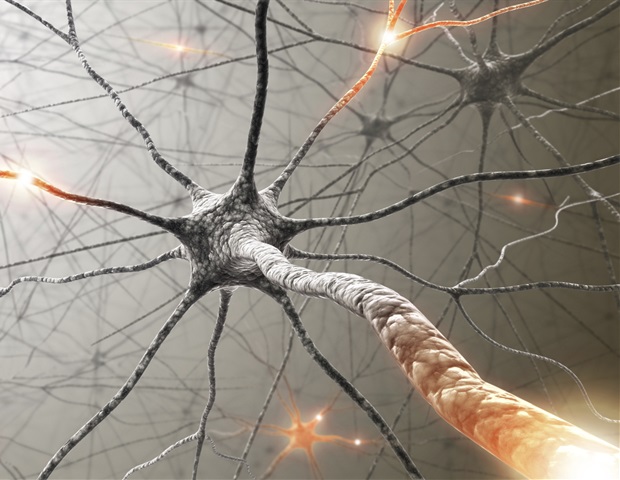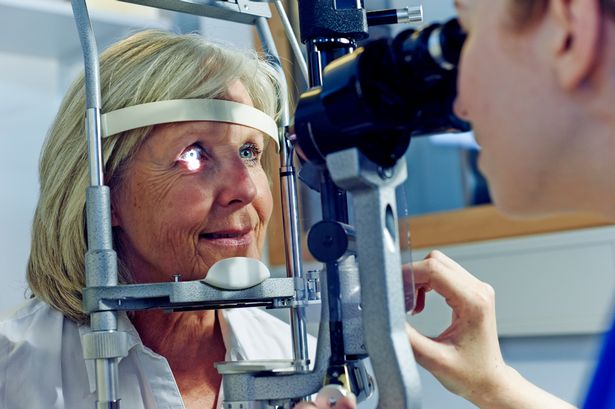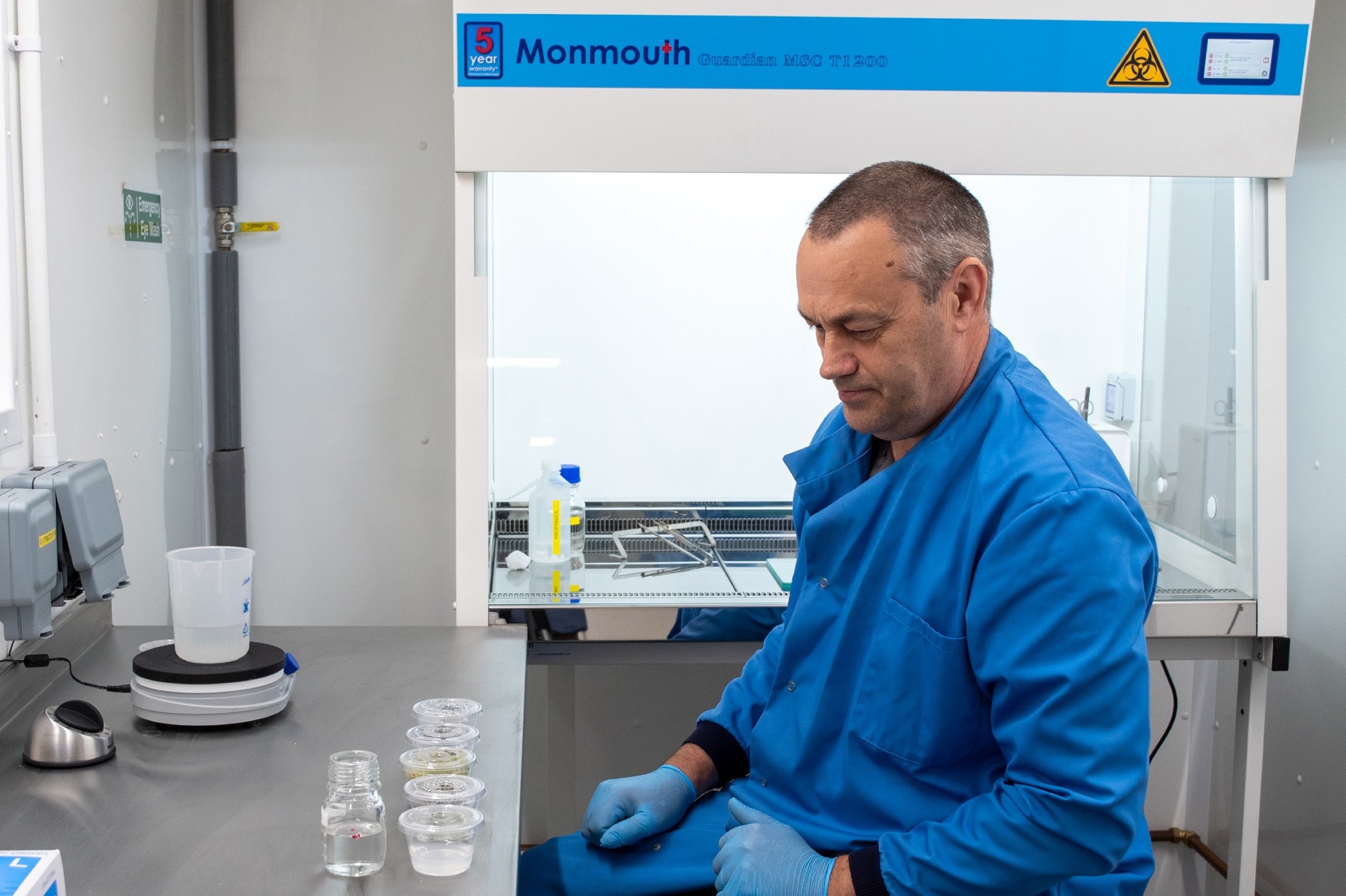The potential of cannabidiol (CBD) for treating neuropathic pain has taken a significant leap forward, thanks to recent research from a collaborative team at the University of Rochester, Harvard Medical School, and Boston Children’s Hospital. This study, published in Cell Chemical Biology in October 2025, reveals an innovative method to deliver CBD directly to the brain, effectively alleviating pain without adverse side effects.
Despite the increasing popularity of CBD products, particularly after the legalization of hemp-derived CBD in 2018, its effects on the nervous system remain poorly understood. Currently, the U.S. Food and Drug Administration has only approved CBD for specific epilepsy treatments, while cautioning against its use during pregnancy. “We need to understand more about this compound, what mechanisms it interacts with in the brain, its impact on the body, and whether it is a potentially safer solution for treating the chronic pain epidemic,” stated Kuan Hong Wang, PhD, a professor of Neuroscience at the University of Rochester.
### Overcoming the Blood-Brain Barrier
One of the primary challenges faced by researchers was the blood-brain barrier, which protects the brain but also hinders the delivery of therapeutic compounds. Because CBD does not dissolve well in water, traditional oil forms of CBD have limited effectiveness in reaching the brain. The research team developed a novel delivery mechanism known as CBD-IN, which utilizes an inclusion-complex-enhanced nano-micelle formulation. This method encapsulates CBD within water-soluble spheres deemed safe for food and drug applications.
Experiments conducted on mice demonstrated that the administration of CBD-IN provided pain relief within 30 minutes, with no loss of movement, balance, or memory—common side effects associated with conventional pain medications. “The pain relief also lasted through repeated use,” noted Jingyu Feng, PhD, staff scientist in the Wang Lab and the study’s first author.
### Targeted Action in the Brain
Using advanced imaging and genetic mapping techniques, the research team found that CBD-IN effectively calms overactive nerve circuits in the brain and spinal cord areas responsible for processing touch and pain. Notably, this effect occurs specifically in regions exhibiting abnormal activation, such as following nerve injuries, while leaving healthy neurons unaffected.
The researchers were surprised to discover that the pain-relieving properties of CBD-IN do not rely on the conventional cannabinoid receptors (CB1 and CB2) typically targeted by THC and other cannabis compounds. Instead, CBD-IN appears to influence broader electrical and calcium signaling pathways in nerve cells. This novel mechanism offers a promising avenue for controlling nerve hyperactivity without the high or dependency risks associated with traditional cannabinoids or opioids.
“The broader implication of this research is that nanotechnology can make natural compounds like CBD more effective and precise,” explained Wang. “By enhancing brain delivery and targeting only disease-related neural overactivity, this strategy could open new doors for treating chronic pain and possibly other neurological disorders, such as epilepsy or neurodegenerative diseases, where abnormal nerve activity plays a central role.”
This groundbreaking work was made possible through support from the National Institutes of Health and the Del Monte Institute for Neuroscience. Additional contributions to the research were made by co-first authors Jessica Page, PhD, and Leeyup Chung, PhD, both from Harvard Medical School.
As the scientific community continues to explore the therapeutic potential of CBD, this research underscores the importance of innovative delivery methods that could transform pain management strategies and enhance the quality of life for those suffering from chronic pain conditions.







